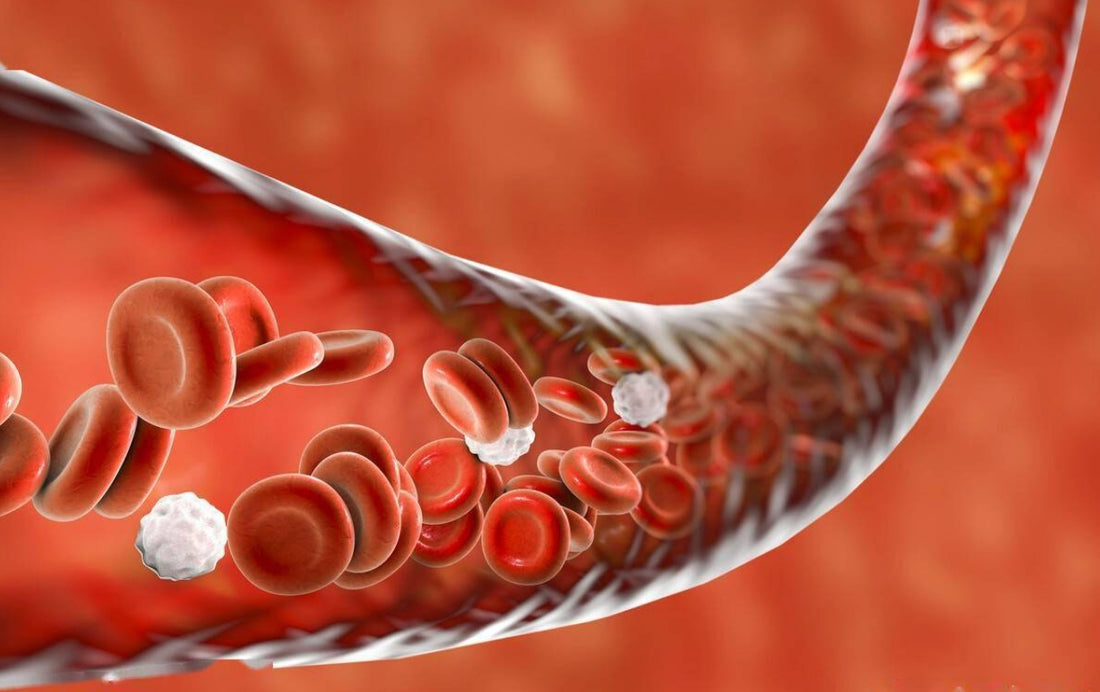
Can Red Light Therapy Causer Cancer?
LambertJarvisIs Red Light Therapy Safe? Can it Cause Cancer?
Currently, there is no direct evidence to suggest a significant correlation between red light therapy and causing cancer.
However, the safety of red light therapy has remained a subject of ongoing research. Some studies indicate that due to the benefits of red light therapy for promoting cell repair and regeneration, it might potentially accelerate the growth and spread of cancer cells.
On the other hand, other research suggests that red light could enhance the body's immune response, thus assisting in cancer treatment. So, does red light cause cancer? Can cancer patients undergo red light therapy? What are the risks and side effects of red light therapy? This article provides guidance on red light therapy by summarizing and synthesizing information from authoritative sources.
The Mechanism of Action of Red Light Therapy
The specific wavelength of red light stimulates molecular reactions within cells, enhancing cellular energy production, which facilitates cell repair and regeneration. Consequently, this leads to the following benefits of red light therapy[1]:
- Increased Cellular Energy Production: Red light therapy stimulates the mitochondria in cells, increasing the production of adenosine triphosphate (ATP), which is the cell's energy currency. This enhanced energy production supports various cellular processes.
- Improved Blood Circulation: It promotes the formation of new blood vessels (angiogenesis) and enhances blood flow. This increased circulation can help deliver more oxygen and nutrients to tissues, aiding in their repair and regeneration.
- Reduction of Inflammation: Red light therapy has an anti-inflammatory effect. It can reduce the production of pro-inflammatory molecules and increase anti-inflammatory cytokines, helping to alleviate inflammation in the body.
- Enhanced Cellular Repair: Red light stimulates the repair and regeneration of cells. It can promote tissue healing, especially in skin wounds and injuries, by accelerating the production of collagen and other essential proteins.
The Links Between Cancer and Red Light Therapy
Cancer Causing?
According to the research by Hawkins' team [2], red light therapy is unlikely to be causing cancer because there is no scientific evidence to support that red light therapy leads to DNA damage. Therefore, it cannot be supported that RLT can cause cancer.
Treat or Exacerbate cancer?
Based on current scientific research, there is still no direct evidence to definitively determine whether red light therapy exacerbates cancer. On the contrary, a substantial body of scientific research has shown that while red light therapy may not directly help treat cancer, it can improve the overall well-being of the body, such as enhancing the immune system and improving appetite.
Research by Myakishev's team [1] indicates that after more than a month of RLT treatment, mice with skin cancer showed healthier behavioral signs compared to those mice that did not receive RLT treatment. The conclusion drawn is that RLT does not directly affect tumor size in the experimental mice, but it generally leads to a healthier overall behavior in the mice. Therefore, RLT should not be considered a taboo in cancer patient treatment.
However, some studies [3] have a more conservative attitude toward RLT. They believe that red light exposure may pose potential risks to cancer patients, such as accelerating the growth and spread of cancer cells. To mitigate the unknown risks associated with RLT, some researchers or medical institutions may choose to restrict the use of RLT for cancer patients.
Side Effects of Red Light Therapy
Red light therapy typically utilizes red light wavelengths in the range of 600-650nm and does not include UV radiation, making it safer than exposure to natural sunlight. Currently, red light therapy is generally considered safe for the human body. However, if used improperly, there are some potential risks and side effects to be aware of:
- Eye Damage: Prolonged and unprotected exposure of the eyes to red light may carry a risk of damaging eyesight.
- Skin Sensitivity: Some individuals may be photosensitive, which means they can have skin sensitivity to light. Therefore, it is advisable to conduct a small localized test before undergoing red light therapy to check for potential skin reactions such as dryness and itching.
Conclusion
In summary, red light therapy is not known to cause cancer or exacerbate existing cancer conditions. Moreover, due to its mechanism of action, red light has the potential to stimulate cellular energy production, aiding in cell repair and boosting the body's immune response. When used correctly, red light therapy is generally considered safe and is associated with minimal side effects.
Reference
[1]Myakishev-Rempel M, Stadler I, Brondon P, Axe DR, Friedman M, Nardia FB, Lanzafame R. A preliminary study of the safety of red light phototherapy of tissues harboring cancer. Photomed Laser Surg. 2012 Sep;30(9):551-8.
[2]Hawkins D, Houreld N, Abrahamse H. Low level laser therapy (LLLT) as an effective therapeutic modality for delayed wound healing[J]. Annals of the New York Academy of Sciences, 2005, 1056(1): 486-493.
[3]Lanzafame R J. Photobiomodulation and cancer and other musings[J]. Photomedicine and Laser Surgery, 2011, 29(1): 3-5.










